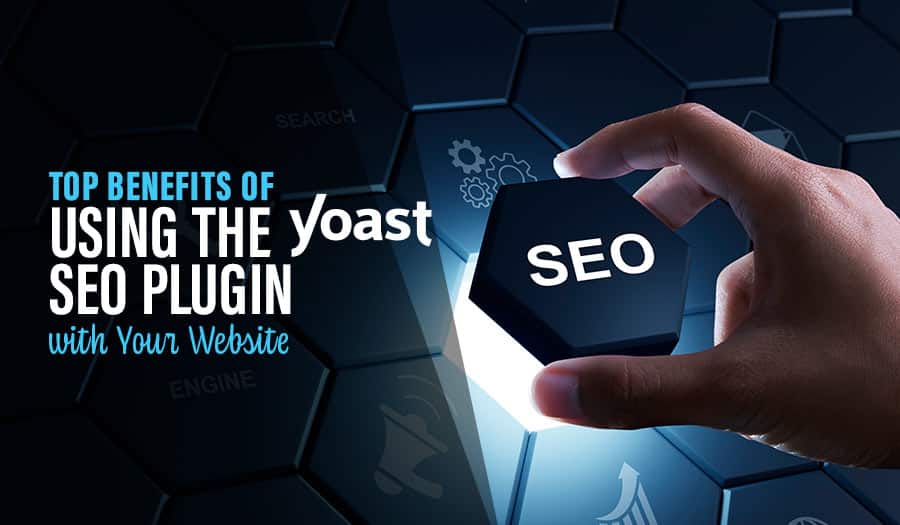Looking to enhance your website’s search engine visibility? Combining website development and SEO can lift your rankings and improve user experience. In this guide, learn how to build in SEO during development to boost visibility and user experience.
Website Development SEO Strategy: Key Takeaways
- Integrating SEO early in website development is essential for improving search visibility and user experience.
- Key elements like mobile-first design, page speed optimization, and user-friendly navigation play crucial roles in enhancing SEO effectiveness.
- Ranking high in search results is critical as the first search result captures a substantial portion of clicks, significantly impacting organic traffic and search visibility.
- Regular monitoring of SEO performance and collaboration between SEO and development teams ensure ongoing success and adaptability in strategies.
Understanding Website Development SEO
SEO in development means building sites that are easy for users and search engines. It improves findability, speed, and structure.
Merging technical on-page tactics with audience needs aligns design and SEO for better outcomes.
What is Website Development SEO?
It’s the practice of weaving SEO into site planning, UX, content, and code.
- Design pages that search engines can crawl and index easily.
- Use clean architecture, sensible URLs, and clear internal links.
- Balance looks and function so users and bots can navigate with ease.
Importance of SEO in Website Development
Start early for compounding gains.
- Rank for the right keywords and keep those rankings.
- Adopt HTTPS and sound technical SEO (titles, metas, canonicals).
- Prioritise speed and responsive design to lift UX and SEO.
Key Elements of SEO-Friendly Web Design
Good structure helps users and search engines. Aim for clear hierarchy, fast media, and indexable content.
Mobile-First Design
Design for phones first; scale up.
- Google uses mobile-first indexing.
- Use responsive web designs and simple navigation.
- Keep layouts fast, tap targets large, and content readable.
Page Speed Optimization
Speed influences rankings and conversions.
- Measure with PageSpeed Insights.
- Compress and resize images; remove bloat in code.
- Improve mobile speed first.
User-Friendly Navigation
Make content easy to find.
- Plan site architecture; use clear menus and breadcrumbs.
- Reduce depth to key pages; avoid dead ends.
- Keep labels simple and consistent.
On-Page SEO Techniques for Website Development
Place key terms with intent. Write titles and descriptions that earn clicks.
Keyword Research and Integration
- Target relevant, lower-competition and long-tail terms.
- Use tools, review competitors, map one primary keyword per page.
- Include keywords in URLs, titles, H1s, and early in content.
Meta Tags and Descriptions
- Unique title tags (<= 60 chars) and meta descriptions (< 160 chars).
- Write like ads: clear value + intent-matched wording.
Structured Data and Schema Markup
- Add schema to clarify content to search engines.
- Use local schema where relevant.
- Submit XML sitemaps to improve discovery.
Technical SEO Considerations During Development
Secure, crawlable, and well-tagged sites rank better.
Optimizing URL Structure
- Short, readable slugs with a target keyword.
- Keep a consistent pattern across the site.
- Provide an XML sitemap to help indexing.
Implementing HTTPS
- Encrypt data; build trust; gain a ranking signal.
- Force HTTPS and fix mixed-content issues.
Ensuring Proper Indexation
- Prefer HTML text for primary content; avoid JS-only rendering.
- Use robots.txt carefully; don’t block important pages.
- Verify with Search Console (URL Inspection).
Enhancing Content for SEO
Update content often. Match search intent. Improve UX signals.
Creating Quality Content
- Answer real questions with clear, original copy.
- Use headings, lists, and visuals for scanability.
- Demonstrate expertise and cite sources where useful.
Using Alt Tags for Images
- Alt tags describe images for accessibility and SEO.
- Be concise; include relevant keywords naturally.
Internal Linking Best Practices
- Use descriptive anchors; link to and from key pages.
- Surface related content; fix broken links regularly.
Monitoring and Analyzing SEO Performance
Measure, learn, iterate.
Using Analytics Tools
- Google Search Console for queries, coverage, and issues.
- Google Analytics for behaviour and conversions.
- Track device usage to guide UX fixes.
Tracking Key Performance Indicators (KPIs)
- Organic traffic, impressions, CTR.
- Bounce rate, engagement, conversion rate.
- Index coverage and Core Web Vitals.
Regular SEO Audits
- Find technical issues before they cost rankings.
- Revisit content, links, and speed regularly.
Common SEO Mistakes in Website Development
Avoid the big blockers.
Neglecting Mobile Optimization
Over half of usage is mobile. Poor mobile UX hurts rankings and engagement.
Slow Loading Times
Slow pages increase bounce and lower conversions. Optimise images, code, and caching.
Poor Site Structure
Deep, messy hierarchies hide key pages. Simplify architecture and strengthen internal links.
Integrating SEO with Web Development Teams
Work together from day one.
Early Planning and Communication
Align structure, content, and tech with SEO goals. Use clear briefs and shared roadmaps. Leverage project management software.
Collaborative Tools and Platforms
Use Figma for design, Slack for updates, and review tools for fast feedback. Keep conversations and decisions visible.
Continuous Learning and Adaptation
Stay current on algorithm updates. Monitor results. Adjust based on user behaviour and rankings.
Summary
Build SEO into development from the start. Use mobile-first design, fast pages, clean structure, and smart on-page SEO. Secure the site, add schema, and link your content well. Measure everything and improve often. With close teamwork, you’ll earn higher rankings and better engagement. Start now and see a meaningful boost in your website’s visibility.
Website Development SEO Strategy: Frequently Asked Questions
Why is mobile-first design important for SEO?
Google indexes mobile first. A mobile-friendly site improves visibility and brings in more users.
How does page speed affect SEO?
Faster pages improve UX, reduce bounce, and support higher rankings. Speed work usually lifts conversions too.
What are meta tags, and why are they important?
Title tags and meta descriptions explain pages to search engines and users. Great tags earn more clicks.
Why is HTTPS important for SEO?
HTTPS secures data and is a ranking signal. It also builds user trust.
What is the role of internal linking in SEO?
Internal links guide users, pass equity, and help search engines understand your content map.
Take your business to the next level with a Pixel Fish Website.
Check out some of our latest Website Design projects.
Further Information
Why you should use Elementor for your new WordPress Website
What is Google My Business and how can it benefit my business
10 Reasons Your Website Is Fundamental to the Growth of Your Business
WordPress Web Design Sydney: Professional Solutions for Your Next Website Project
Get the Best Custom Website Design Solution for Your Business
The Ultimate Guide to Choosing the Right Website Development Partner: Navigate Your Options with Confidence
Top Strategies for Effective SEO Search Optimisation






